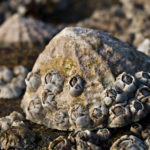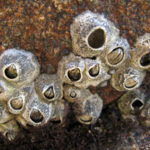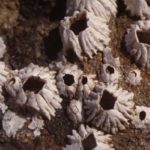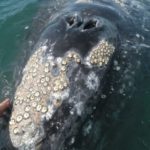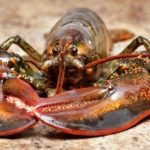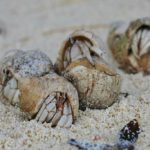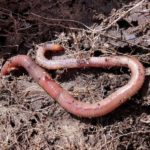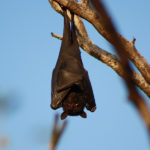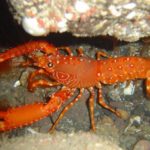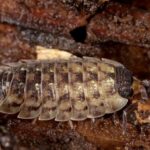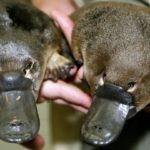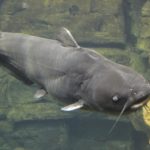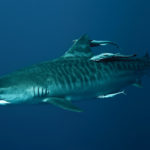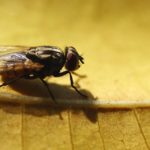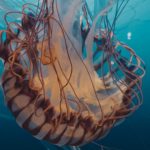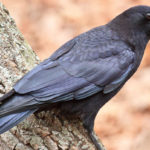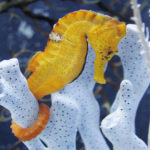Facts about barnacles
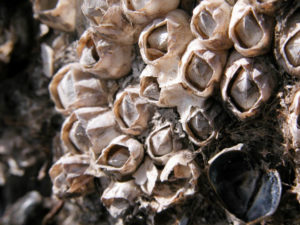 The barnacles are so unusual in their anatomy that scientists could identify crustaceans only in the 30s of the XIX century, after they studied their larvae, quite similar in structure with all the others crustaceans. Charles Darwin devoted 8 years to the study of barnacles, resulting in a four-volume work: two volumes were dedicated to living representatives and two were extinct.
The barnacles are so unusual in their anatomy that scientists could identify crustaceans only in the 30s of the XIX century, after they studied their larvae, quite similar in structure with all the others crustaceans. Charles Darwin devoted 8 years to the study of barnacles, resulting in a four-volume work: two volumes were dedicated to living representatives and two were extinct.
They feed on mostly detritus (dead organics), but some of their representatives were caught and while hunting for small and not very dexterous live prey up to one centimeter.
The development of fertilized eggs begins in the mantle cavity of the parent; there an early larva nauplius appears from them with three pairs of limbs and one simple eye. It swims into the open sea and feeds on plankton until it passes into the next stage of the cypris larva. At this stage they have a bivalve shell and are similar to Cypriotic crustaceans (Cypris) or daphnia. In this case, they have two additional complex eyes and six pairs of limbs, which are still used for swimming.
Most barnacles are hermaphrodites, that is, they are capable of producing both eggs and spermatozoa. Meanwhile, fertilization occurs, as a rule, cross-over, and the necessity of the presence of a potential partner is one of the reasons why these crayfish prefer to settle in colonies near each other. The attached way of life forced them to develop record long copulatory organs, which can exceed the animal’s body length by 9 times.
